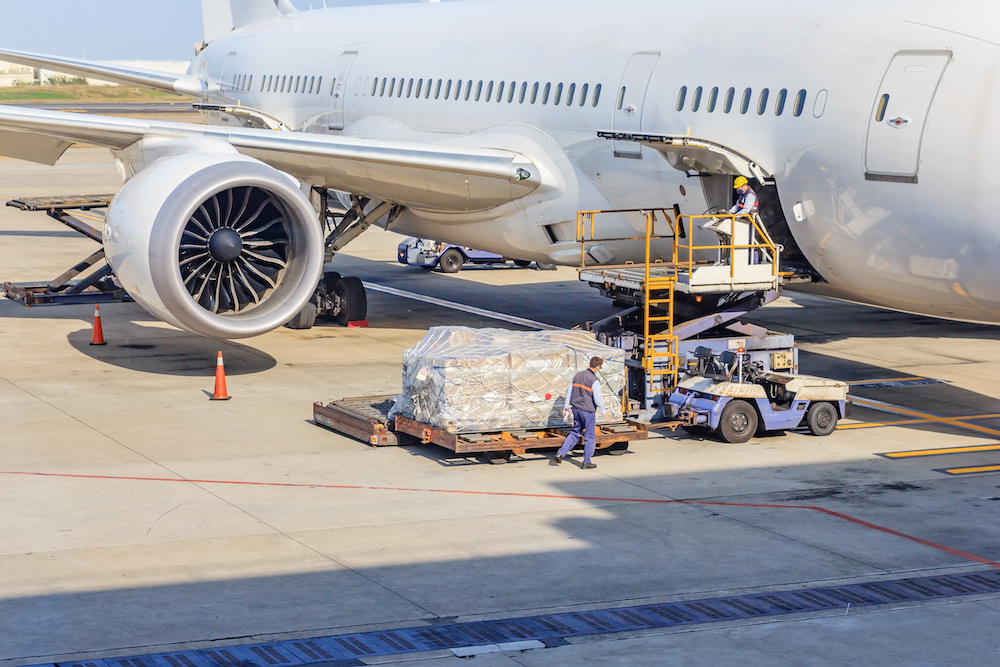
Global demand increased by 3.8% in October compared to October 2022, with international operations lagging behind slightly at 3.5%.
Capacity was up 13.1% compared to October 2022 (11.1% for international operations). IATA suggests this was largely related to the growth in belly capacity. International belly capacity, for example, rose 30.5% year-on-year on the strength of passenger markets.
IATA notes several factors in the operating environment including:
• Economic activities slowed in October. With the Purchasing Managers’ Index for manufacturing output and export orders for major economies (excluding the US) remaining below the critical 50 mark, there is a clear marker for economic challenges ahead.
• Inflation in major advanced economies continued to ease from its peak in terms of Consumer Price Index (CPI), reaching between 3% and 4% for the US and for the EU respectively, in October. China’s CPI, however, indicated deflation for the second time this year, raising concerns of an economic slowdown.
• Global trade reversed its downward trajectory and stabilised in September. Although below its 2022 peak, global cross-border trade is more than 5% above pre-pandemic levels.
• After a continuous 17-month decline, cargo yields ticked-up in September and continued into October with a 2.6% month-on-month gain, remaining well-above pre-pandemic levels.
Willie Walsh, IATA’s Director General, said the October figures placed air cargo on course to end 2023 on a much stronger footing than it began the year.
“Recovering demand, slightly stronger yields and the uptick in trade are all good news. But with demand still 2.4% below pre-pandemic levels, and much uncertainty remaining over the trajectory of the global economy, optimism must be balanced with caution.
"Nonetheless, a continued strong peak year-end season will certainly help the sector to manage through whatever turns the global economy might take in 2024,” he added
Further IATA analysis, including air cargo’s performance on a regional basis, is available here